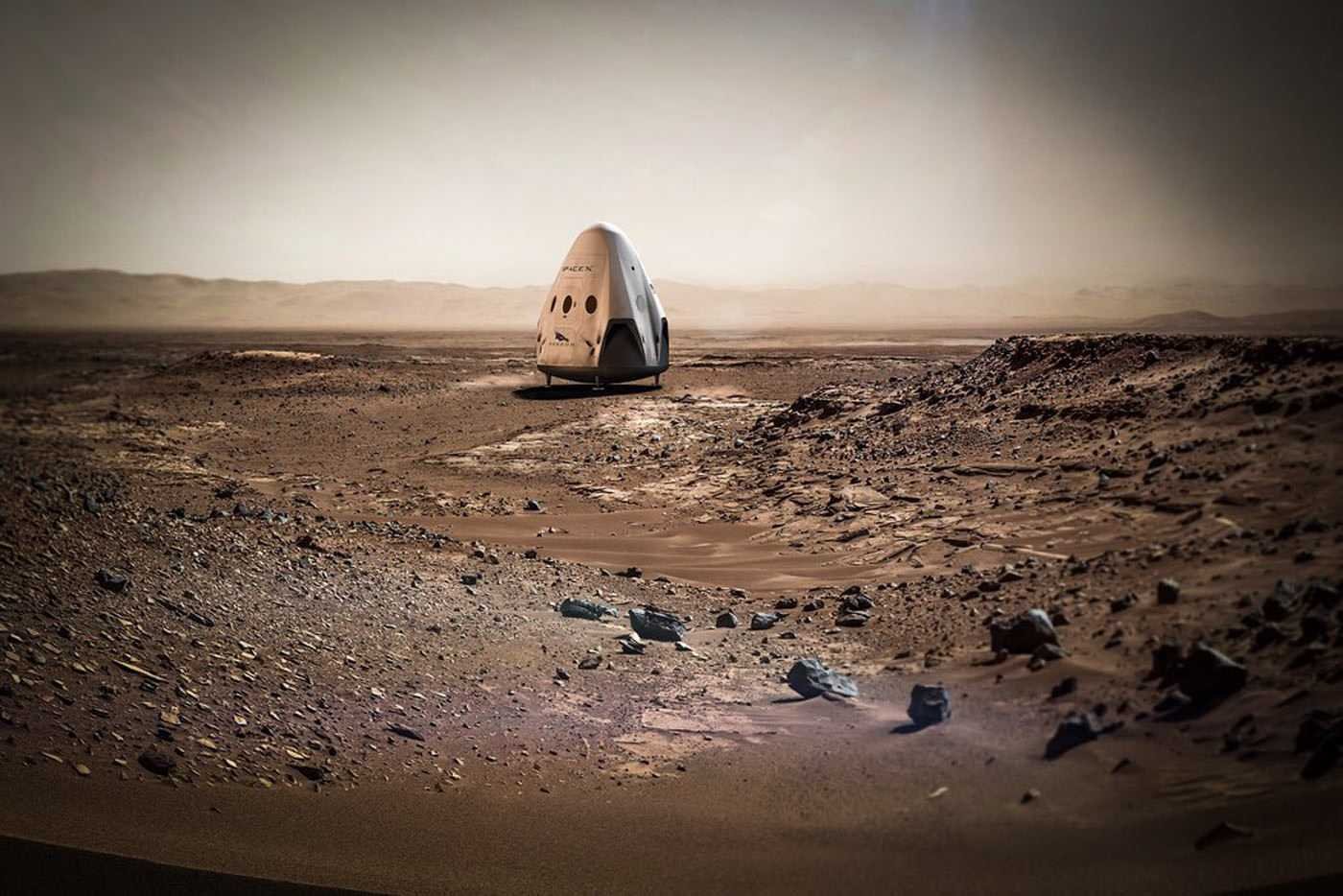On Wednesday, the private company of Elon Musk, SpaceX announced on Twitter that plans to send a spacecraft to Mars until 2018.
The mission will be carried out by the Red spacecraft Dragon. It will land on Mars to retrieve samples collected by NASA's rover and then return to Earth.
SpaceX has a very big vision: to usher in a new era of reusable rockets that could take the first humans to Mars and back someday. In 2011 SpaceX even launched one video which showed how a rocket was going to land after launching into space, something that had never been done before.
On December 21, 2015, SpaceX successfully launched its first reusable rocket, a Falcon 9, into a launching platform.
Another landing followed 8 April 2016 of a Falcon 9 on a barge floating on the ocean.
The Red Dragon will now reach space with the Falcon Heavy rocket, which is something like Falcon 9 with steroids. SpaceX has announced plans to test the rocket in space until November of 2016.
The company says that Falcon Heavy is the most powerful rocket in the world, and that it can carry twice the payload of Space Shuttle. Only the Saturn V, the rocket used to transport astronauts to the moon of the Apollo program, was able to provide more payload in orbit.

Ο Falcon Heavy is a multi-tiered rocket, which means it contains separate rockets, or stages, one above the other. Each stage contains its own engine and its propellers. When a stage runs out of a propeller, it is ejected from the spacecraft to reduce the rest of the mass of the missile.
Judging from the images in company account on Flickr, SpaceX plans to land on Mars using a simple approach, something never tested before.
Dragon's unmanned capsule does tripa to the International Space Station since 2010. But to get to Mars, which is 560.000 times further away, Dragon will have to be carried by a more powerful rocket than the Falcon 9, which was used to reach the ISS.
However, this monster missile will face difficulties. Getting to Mars is much easier compared to landing on the planet, as the atmosphere of Mars is about 1.000 times less than Earth. So the use of a parachute will not slow down the fall of the spacecraft.
However, although Mars's atmosphere is sparse, it can generate a lot of heat from friction in the spacecraft, which, in order to land on Mars, should have a heat shield that can withstand temperatures of 1.600 degrees Celsius.
Fortunately, Dragon's thermal shield can protect it from temperatures above 3.000 degrees Celsius.
As for the problem of deceleration there is a question. Although the gravity in Mars is about 1 / 3 than Earth's, the vehicle will still plummet vertically to the ground with over 1.000 miles an hour after entering the Mars atmosphere. Of course if you hit the ground at this speed, nothing will be left.
SpaceX, however, aims to use propellers in the Dragon spacecraft as shown below, reducing its speed:
This kind of landing has never been tested before. The last big landing on Mars was that of 2012's NASA Curiosity Rover.

This landing was a huge success, but it was extremely complicated and required so many procedures that if not fully completed, it would have ended in disaster. At NASA they baptized her procedure landing the "7 minutes of terror."
Let's see how Musk's ambitious plan will go. Musk said the Dragon is not a comfortable environment for space explorers.
This mission, however, marks an important milestone in NASA-SpaceX collaboration, bringing them a step closer to achieving their goal of sending people to Mars 2030.
The article was posted by Business Insider.





